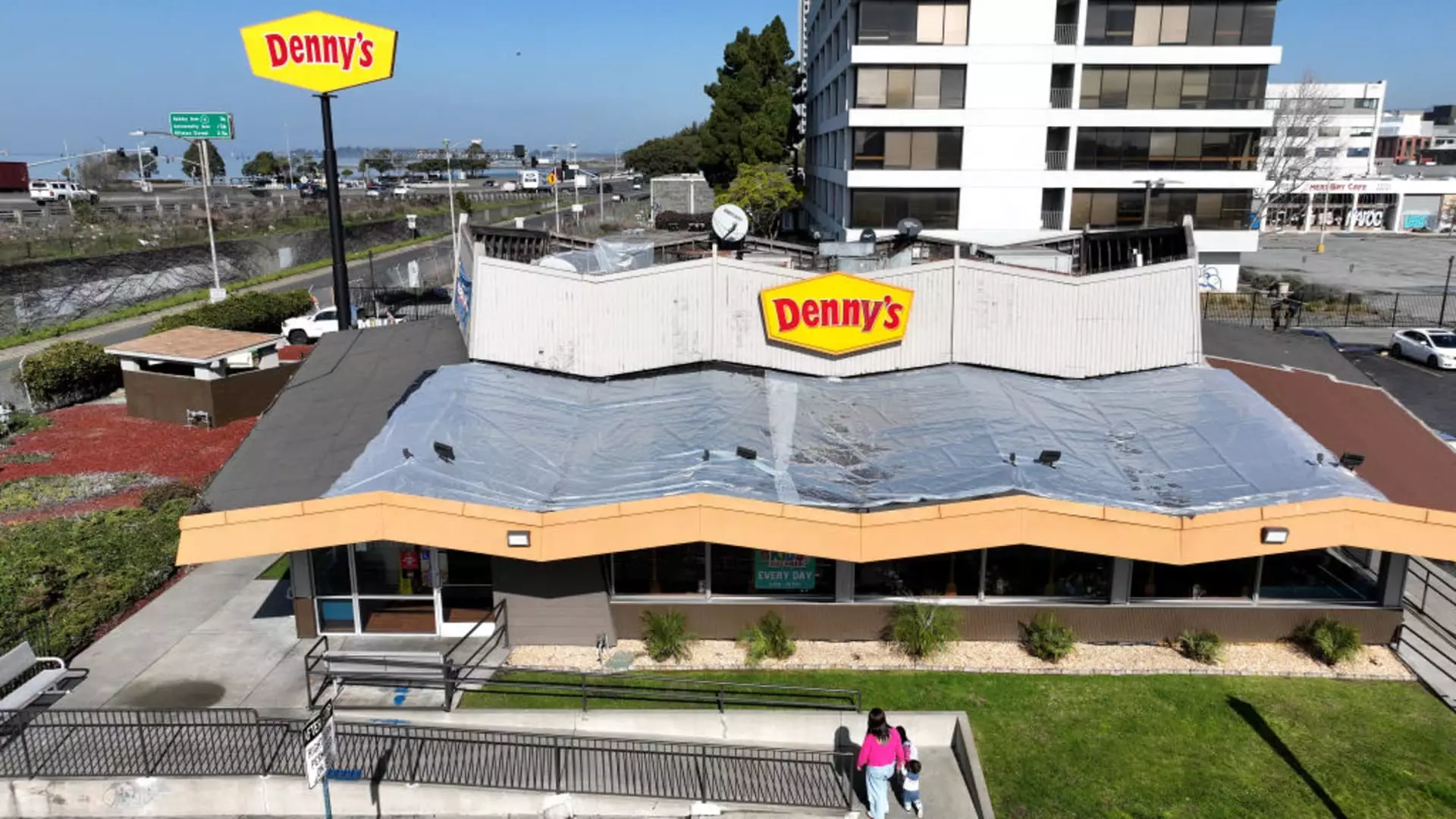The restaurant industry, a cornerstone of American culture, faced a tumultuous year in 2024 that forced many chains to reevaluate their strategies. A confluence of economic pressures, primarily inflation, kindled significant consumer reluctance to indulge in dining out. This caution resulted in a noticeable shift in spending patterns, as hungry diners aggressively sought value-for-money options. According to Black Box Intelligence, a leading industry analytics firm, restaurant visits across the U.S. dwindled significantly in the first ten months of the year. This downturn in patronage inevitably led to disappointing sales figures, pushing multiple chains into a dire situation marked by a spike in bankruptcies.
The consequences were severe; in 2024 alone, a staggering 26 restaurant entities filed for Chapter 11 bankruptcy protection—almost three times the number compared to 2020, at the height of the COVID-19 pandemic. The vulnerabilities of casual dining chains were painfully evident, exacerbated by long-standing competitive pressures from the burgeoning fast-casual sector. Established names like Chipotle and Sweetgreen captured a demographic that prioritizes convenience and perceived quality, leaving traditional casual dining establishments struggling to retain their customer base.
Prominent Closures and Responses
The wave of closures was notably led by major players that once enjoyed robust patronage. Wendy’s, for instance, announced the termination of 140 underperforming outlets towards the close of 2024. This followed an earlier decision to shut down approximately 80 locations in the initial nine months, showing a concerted effort to streamline its operations. Wendy’s executives indicated that shutting down these less efficient restaurants, which generated around $1 million each annually, could ultimately enhance the entire brand’s performance. The company managed to maintain its overall restaurant count by offsetting these closures with new openings, illustrating a calculated approach to reinventing its market presence.
Applebee’s, under the guidance of its parent company Dine Brands, also made headlines with plans to shut down between 25 to 35 U.S. locations. After experiencing six consecutive quarters of declining same-store sales, the brand is in a desperate race to regain its footing. The reality was stark—Dine Brands, which also manages IHOP, has systematically closed more stores than it has opened every year since 2016, save for a brief 2022 respite.
Denny’s, the 24-hour dining chain, followed suit, announcing the closure of about 50 locations in 2024, with an additional 100 on the horizon by 2025. The company’s focus on addressing its lower-performing units stemmed from an intention to stabilize sales and improve overall financial health. This strategy reflects a broader trend among casual dining establishments that seek to rectify operational inefficiencies to drive profitability.
Bankruptcy Filings and Future Outlook
The plight of TGI Fridays highlights the precarious position many restaurant chains found themselves in during 2024. Before succumbing to bankruptcy filings in November, TGI Fridays cut 86 restaurant locations, marking a significant reduction in its global footprint. The impending bankruptcy court decisions could further affect the chain’s viability, possibly leading to additional closures in a saturated market.
Executing a similar strategy, Red Lobster shuttered over 120 locations during the year, initiating closure proceedings ahead of its own Chapter 11 bankruptcy filing in May. Post-bankruptcy, the chain expressed optimism about a revival; however, the overarching sentiment in the industry remains cautious as it navigates a climate fraught with challenges and uncertainties.
Another casualty of the tumultuous year was Noodles & Co., which announced a review that led to the closure of approximately 20 locations among its 475-restaurant portfolio. The chain’s desire to recalibrate its operations was evident as it reworked its menu, cutting underperforming items while attempting to introduce offerings that attracted a fresher clientele. Nevertheless, same-store sales continued to struggle, reflecting the longer-than-anticipated timeline for recovery.
Bloomin’ Brands, the umbrella organization for Outback Steakhouse and similar establishments, also closed 41 non-productive restaurants in 2024, largely focusing on older spots with longstanding lease agreements. This move aimed to concentrate on revitalizing its sales, reflecting an ongoing trend where many casual dining firms face stagnant growth amid changing consumer preferences.
The restaurant industry’s hardships in 2024 underscore the critical need for adaptation in an increasingly fluctuating market. Chains are compelled to assess their operational efficacy continuously and make tough decisions regarding closures and financial strategies to align with consumer expectations. As more establishments navigate these pressures, the landscape of dining will likely continue evolving, leaving behind those unable to pivot along with the shifting tastes and economic climates. The coming years will be crucial for the industry’s recovery and survival, demanding innovative approaches that resonate with a wary but hopeful dining populace.


Leave a Reply